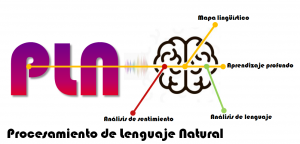Predictive model of CyberBullyng situations in social networks

Predictive model of CyberBullyng situations in social networks
(Project Manager: Omar Álvarez Xochihua, Ph.D.)
Cyberbullying has the same effects as traditional bullying, it damages the confidence and self-esteem of the victim, causing anxiety, frustration and suicidal ideas. Faced with this variation, attention programs for this problem and technological developments have to adapt to detect cyberbullying situations generated in time through the use of current information and communication technologies, such as social networks, cell phones and the Internet; with the aim of acting against this type of aggression and providing immediate attention to the victim.
The main objective of this research is to create a predictive, robust and scalable model that allows predicting cyberbullying scenarios in virtual spaces in Spanish language prior to their materialization, potential to be transferred to physical environments. The model is based on the analysis of conversations carried out in social network groups, through the use of natural language processing techniques and algorithms, built and validated with multimedia data generated by these same environments. As well as, design the algorithms that allow the implementation and manipulation of said model as an end-user application in frequently used social media environments, with the ultimate objective of sending alerts of bullying situations among groups of students and educational authorities that allows intervening early to counteract the effects of this phenomenon.
At the moment, the group of participating researchers has work done in this regard and a doctoral student with the topic “Predictive Model of Cyberbullying Scenarios in Spanish-Speaking Virtual Spaces.” There is already an initial data bank, obtained with high school and high school students from three educational institutions, two public and one private. This database has more than 400 conversations, representing more than 3000 sentences that include text, emoticons and images. Similarly, a labeling process has been carried out by specialists in the area that has made it possible to generate a first corpus for the elaboration of the initial model.
















